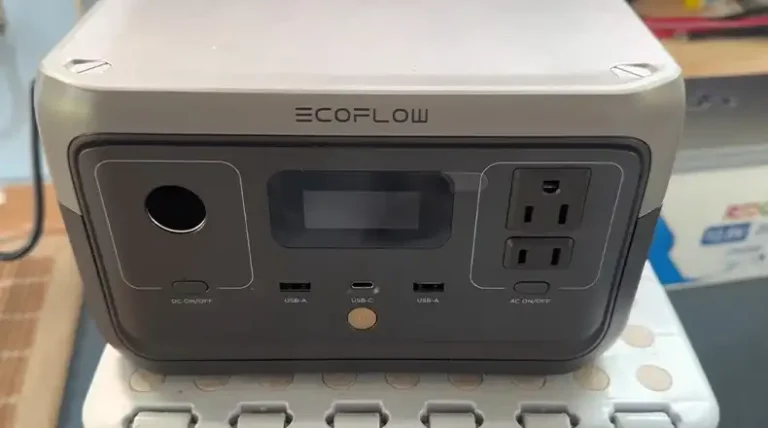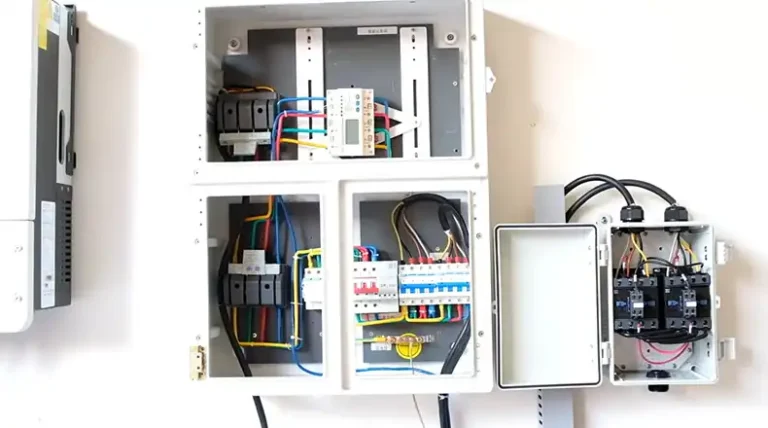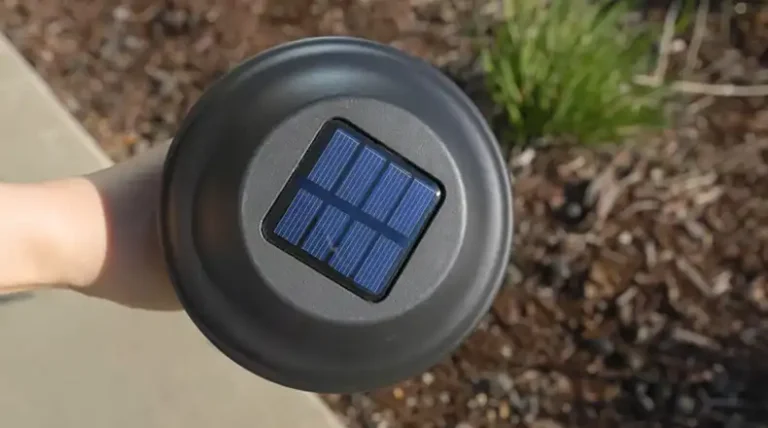VOC vs VMP | Measurement Methods And Confusions Solved
Ever wondered how efficiently your solar charger is working? What is their most efficient output or how the panels are giving in power?
Well, there is a measurement method that gives out the number of two different outputs of your solar charger. These are called VOC and VMP.
VOC gives you the number of how your solar panels are working without any of your devices connected, and VMP tells you how your solar changer is performing with a full load.
So what is the difference between them? We have to put them on a VOC vs VMP argument to tell you all of that. So stay tuned.
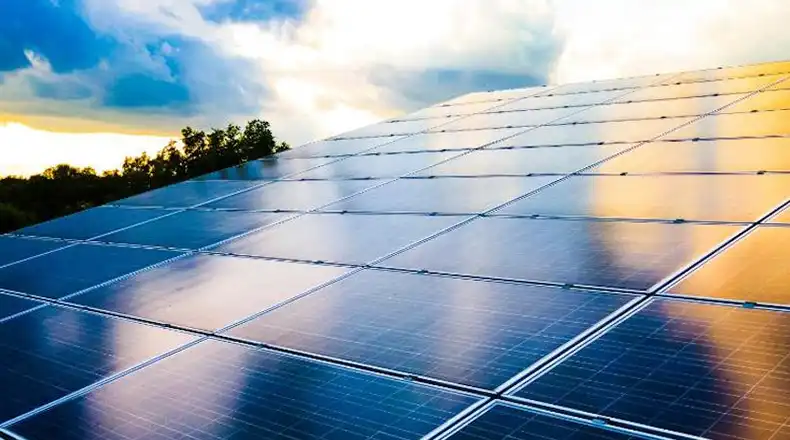
What Is Solar Panel VOC vs VMP and What You Need To Know
Before or after you get your solar panels, charger, inverter, and battery, you need to know how they work. And how much output you are getting. And this is where VOC and VMP come into play.
While VOC tells you the actual input of your solar panels, VMP tells you about how much output you are getting from them. It’s all a bit confusing, so we will discuss them with a chart to make it even clearer to you.
| Content | VOC | VMP |
| What it means | The voltage at Open Circuit | Voltage at Maximum Power |
| How they are different | Always higher than VMP | Lower than VOC |
| How to measure | Measured when the solar panel is not connected to any devices | Measured when solar panels are operating at max power output |
| Why is it needed | To know the max output voltage of your solar panel | Tells you how much voltage your solar panel can generate |
What Do VOC And VMP Mean? How To Measure Them?
VOC means Voltage at Open Circuit or Open Circuit Voltage. This indicates how much voltage your solar panels are producing and how much charge your batteries are getting. It is an essential element if you have a solar charger so you can determine if you have to add any more solar panels.
You can measure it from the output line when there are no devices that are operational. And VOC is not produced throughout the day, but sometimes of the day. Especially during the first-day break, when nothing is operational. It is the perfect time to get a reading.
A voltmeter is essential to get an accurate reading. Make sure your solar panels are not connected to any equipment like phones, chargers, lights, fans, or any other appliances.
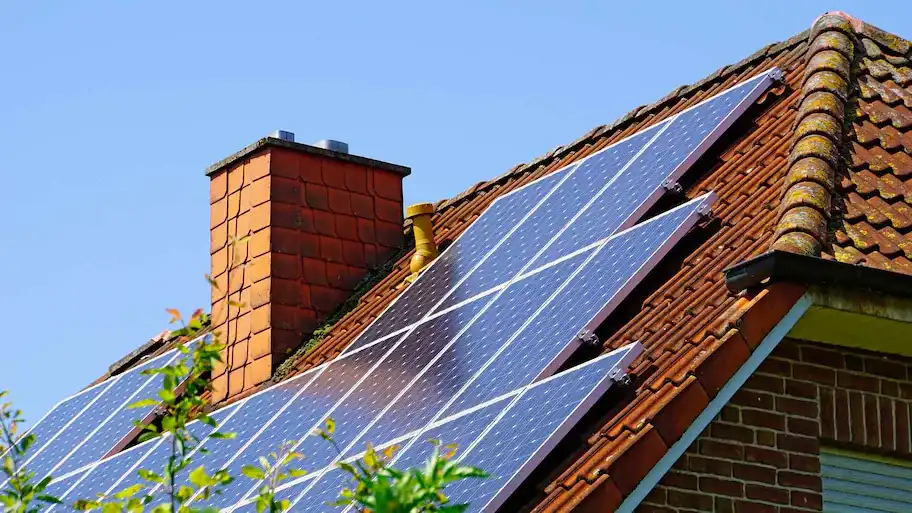
VMP on the other hand is different than VOC. It indicates how much output your devices can get after your battery is charged. So to measure it, you will have to connect all your devices. And it will let you know how long you can get the perfect output at the right voltage.
It might seem to be the same thing, but VMP is measured with all the loads you are intended to give it. Using a multimeter you can measure it right after the sun is up and high in the morning, when all your solar panels are working and your devices are operating. And you will get the actual reading.
Things To Consider While Measuring VOC And VMP
- Different times of the day will give different VOC and VMP outputs.
- The best time to measure both is in the morning.
- For VOC measurement, make sure to disconnect all devices and for VMP measurement, connect all devices.
- Weather and climate (Cloudy, rainy, foggy, snow, temperature) can play a vital role and give different outputs to your VOC and VMP.
Frequently Asked Questions and Answers (FAQs)
Can solar panels exceed VOC?
Yes. If you have too many solar panels, your VOC will go up. This is why you need to measure VOC to get an accurate reading of input from the solar panels. Otherwise, you will risk your whole charging system, not to mention the devices you use.
How do you calculate VMP from VOC?
To calculate VMP from VOC, you have to use VMP=VOC-In voltage. This will give you an accurate VMP reading. Also, make sure all your operational devices are connected to your solar panel. Use a multimeter to get an accurate reading of VMP and VOC, then calculate.
Conclusion
The most essential thing about using a solar panel and charger is to be safe for the environment and for yourself too. Overdoing with the solar panels might end you up with a fried device, charger, inverter, or even your appliances. So make sure to measure your VOC and VMP before you upgrade your panels.

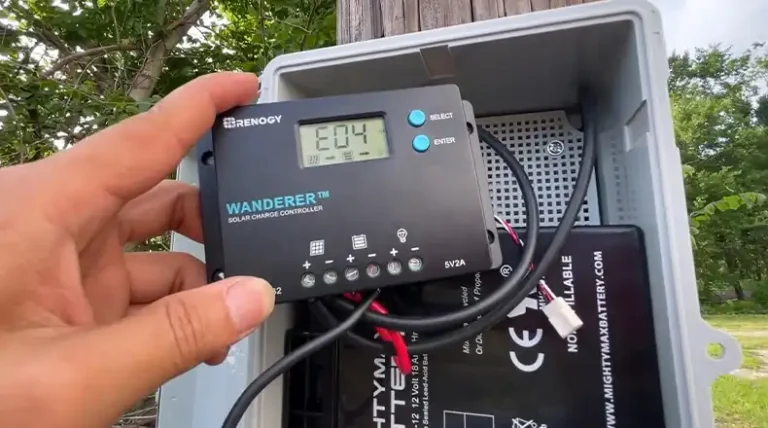
![[Answered] What Is A Line Side Tap?](https://www.itekenergy.com/wp-content/uploads/2023/08/what-is-a-line-side-tap-768x428.webp)
